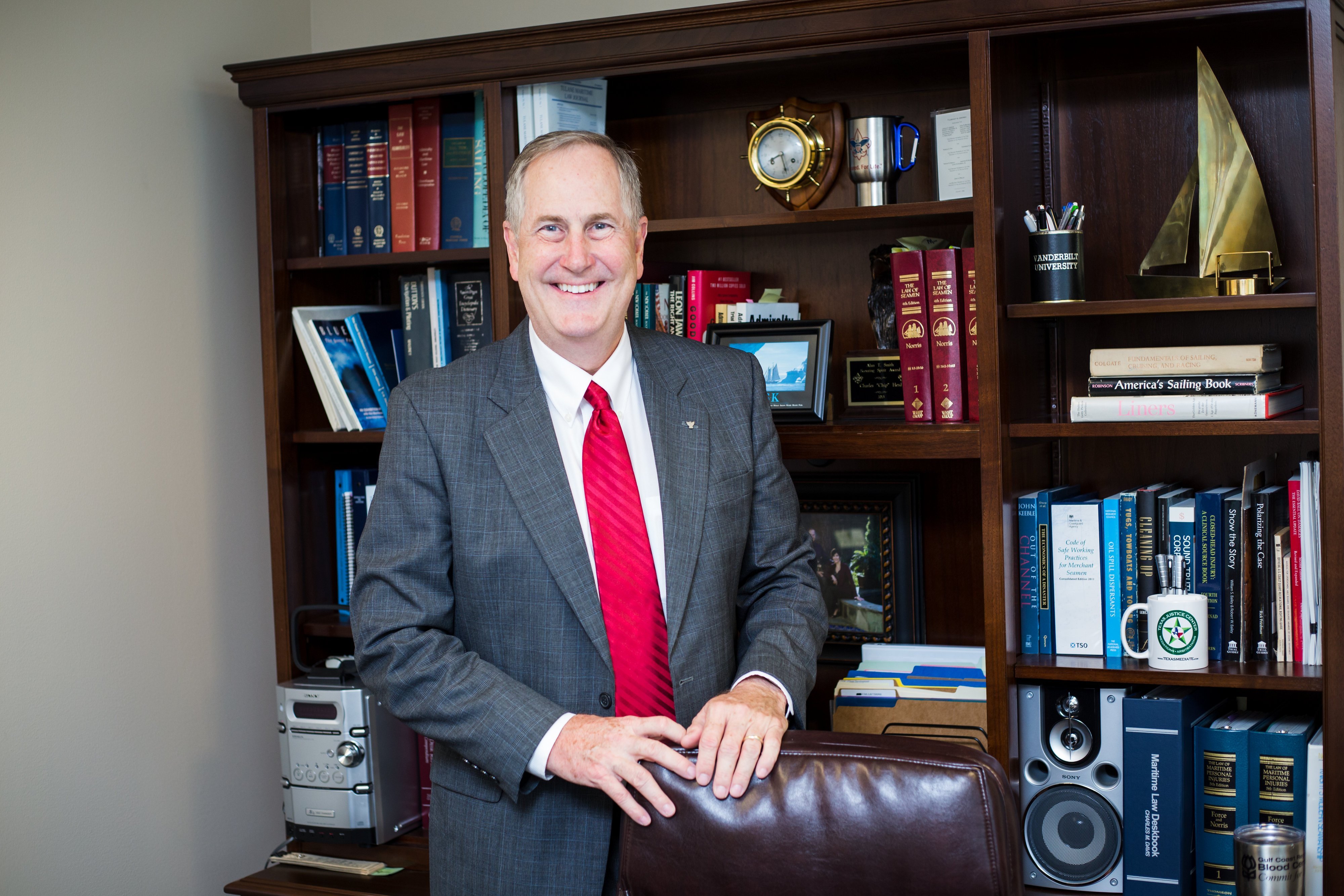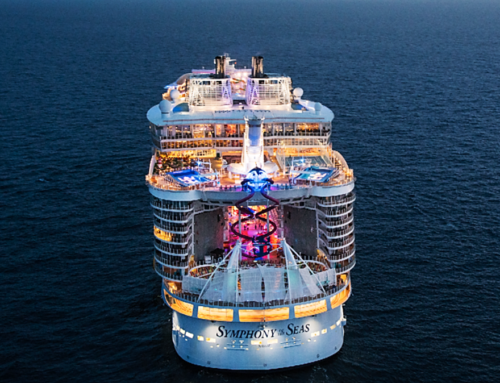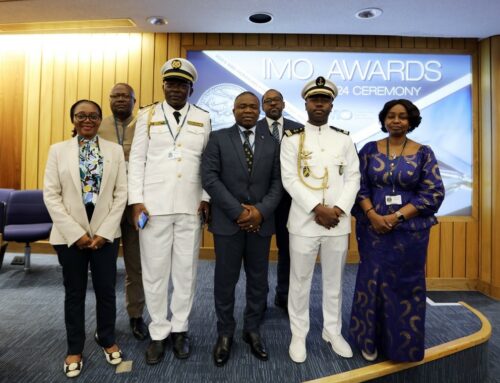The Bumpy Ride to Safe Autonomous Driving in Texas and Beyond
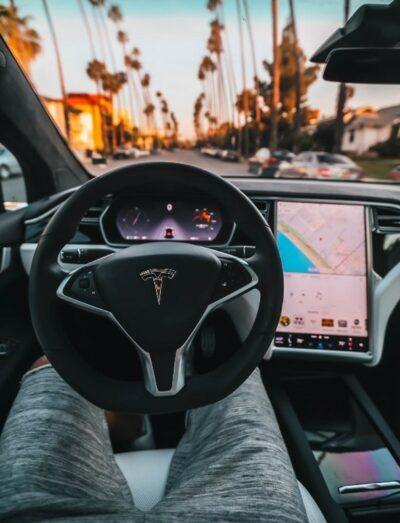 When autonomous vehicles first rolled onto our streets, many anticipated a future where roads would be safer, smoother, and free from human driving mistakes. However, a recent report on automated driving systems (ADS) by the National Highway Traffic Safety Administration (NHTSA) showed that these high-tech hopes have hit a few speed bumps, especially in states like Texas: the Lone Star State has become the second-highest contributor to autonomous, or self-driving vehicle crashes, trailing only behind California.
When autonomous vehicles first rolled onto our streets, many anticipated a future where roads would be safer, smoother, and free from human driving mistakes. However, a recent report on automated driving systems (ADS) by the National Highway Traffic Safety Administration (NHTSA) showed that these high-tech hopes have hit a few speed bumps, especially in states like Texas: the Lone Star State has become the second-highest contributor to autonomous, or self-driving vehicle crashes, trailing only behind California.
Between 2019 and 2024, Texas witnessed 370 incidents involving self-driving cars. The state of Arizona placed third, recording 269 incidents involving such vehicles. By comparison, California came in first with a staggering 1,677 incidents during the same time period.
California’s high accident numbers were not unexpected. The state has been heavily involved in the tech industry, plus being the birthplace to many companies such as Waymo, Zoox, and Cruise, which are self-driving ride-hail/ridesharing services, and most famously, Tesla. Tesla’s autonomous vehicles were involved in 53.9% of all autonomous vehicle crashes nationwide. However, as companies like Waymo, General Motors, and Cruise develop their own lines of self-driving vehicles, their contribution to crash statistics is rising as well.
To many, recent advancements in ADS could have represented the dawn of a new era, where machines, immune to fatigue or distraction, would drastically reduce traffic accidents. But reality paints a different picture: since 2019, the NHTSA reported 3,979 incidents involving autonomous vehicles, including 473 accidents in 2024 alone.
fatigue or distraction, would drastically reduce traffic accidents. But reality paints a different picture: since 2019, the NHTSA reported 3,979 incidents involving autonomous vehicles, including 473 accidents in 2024 alone.
Texas’ Autonomous Struggles
As autonomous vehicles expand across the U.S., more cities are joining the race—some more than others. Cities in Texas and California, states known for their heavy traffic, have been affected the most heavily. In Texas, Austin has recorded 91 incidents, while Houston follows with 47. San Francisco and Los Angeles in California reported 700 and 126 crashes, respectively.
However, it is important to note that 71% of these incidents result in no injury at all, while 15% lead to minor injuries and 5.3% result in moderate injuries. But serious injuries do occur in 3.4% of cases, and death in nearly 5% of cases.
What’s Going Wrong?
You might predict these crashes happen during complex maneuvers, such as merging or lane-changing. But a surprising number of self-driving vehicle accidents, around 11.4%, were found to occur when the car is driving in a straight line and collides with a fixed object, such as a pole or barrier. Only collisions with other cars and SUVs, at 13.9%, were more frequent. Collisions with cyclists, motorcycles, and buses happened much more rarely, at 1.3%.
Cruise’s Bumpy Ride in Texas
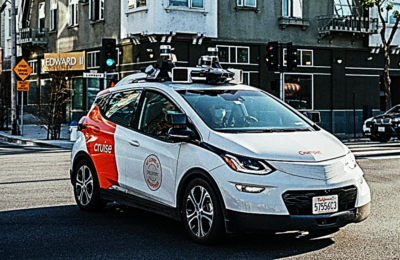 Cruise, a self-driving ridesharing service owned by General Motors, recently sought to resume business in Texas this past June. The company had paused its operations after a series of setbacks last year, most notably when a Cruise vehicle struck and dragged a San Francisco pedestrian, causing the company to recall their 950-vehicle fleet for further testing.
Cruise, a self-driving ridesharing service owned by General Motors, recently sought to resume business in Texas this past June. The company had paused its operations after a series of setbacks last year, most notably when a Cruise vehicle struck and dragged a San Francisco pedestrian, causing the company to recall their 950-vehicle fleet for further testing.
However, recently Cruise has moved to relaunch in Houston, initially with human-driven vehicles, but with plans to resume autonomous rides in the future. After suspending services last year, the company currently is testing in Phoenix and Dallas, with Houston marked as its third test city in the U.S.
While automated driving system technology continues to develop and spread, it will be critical for companies to address these challenges that arise from real-world driving conditions. The future of autonomous vehicles still holds promise, but for now, it seems the “robot revolution” will need more fine-tuning before it can claim ultimate superiority on the road.
We at the Herd Law Firm, PLLC, are proud to support drivers, mariners and passengers of all types of vehicles and waterborne vessels. We are motorcycle riders too! We support users of our common waterways and on the road, and have successfully represented any victims injured or killed in seeking the assistance and compensation they so need and deserve.
9/12/2024





